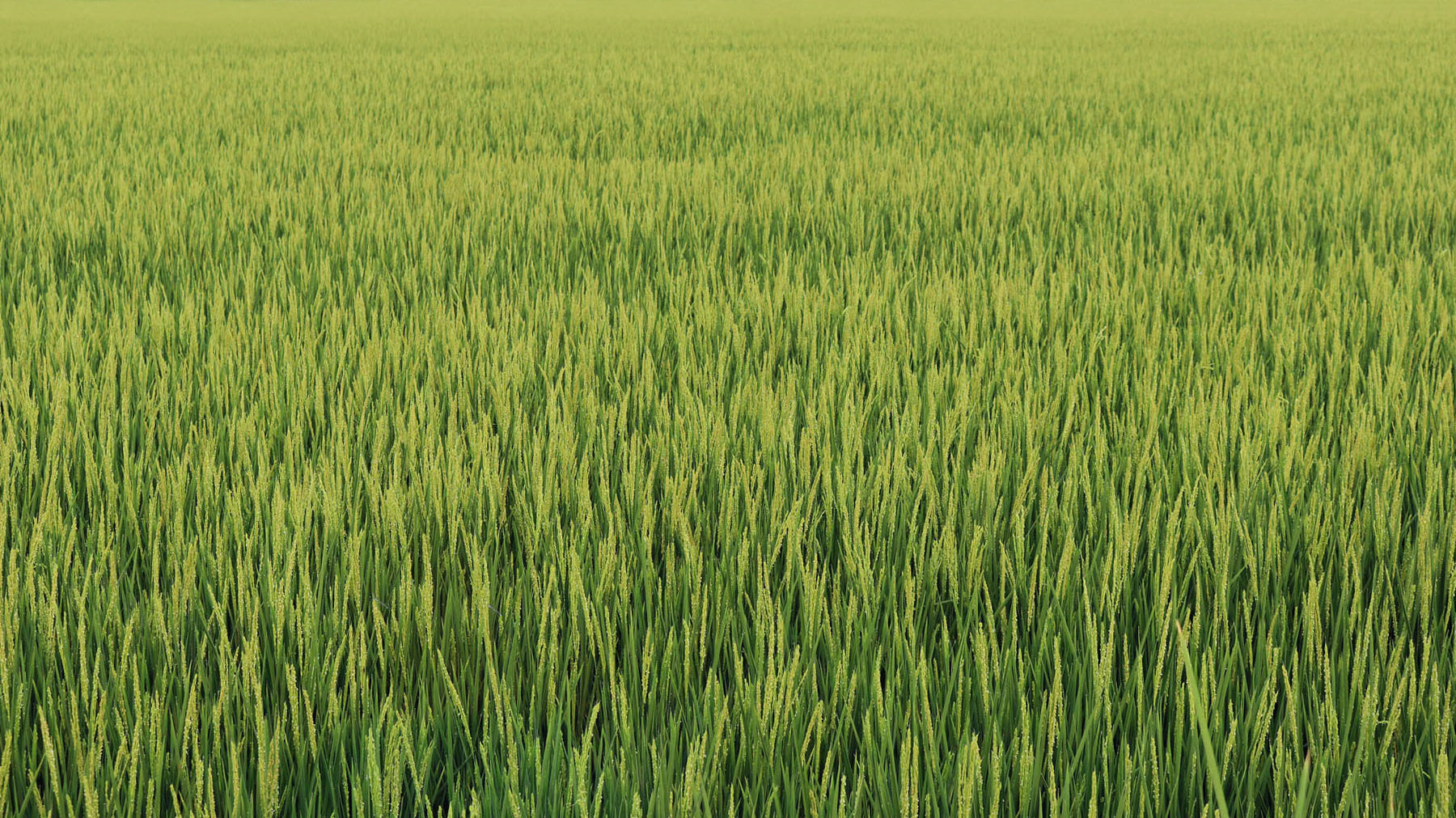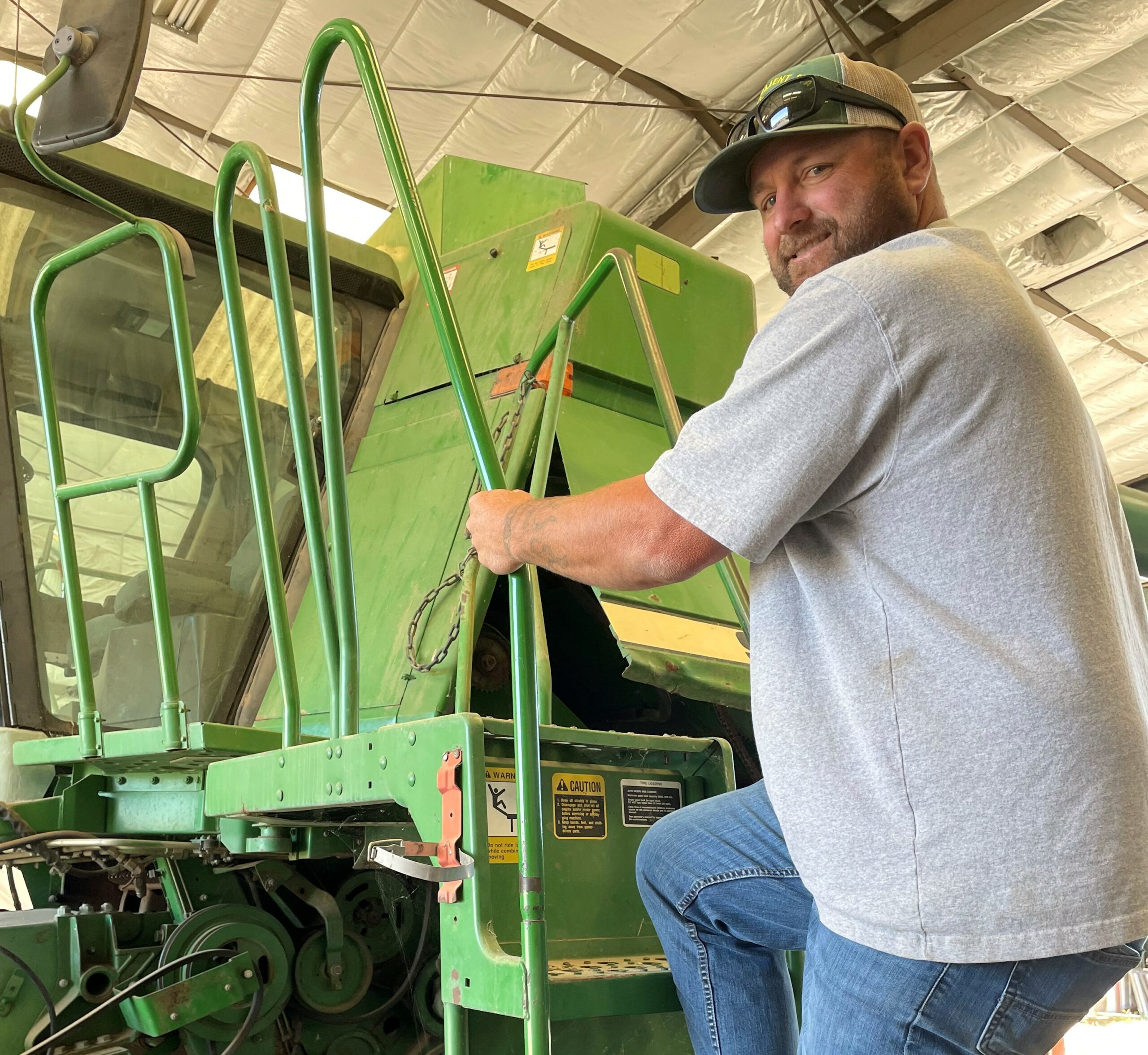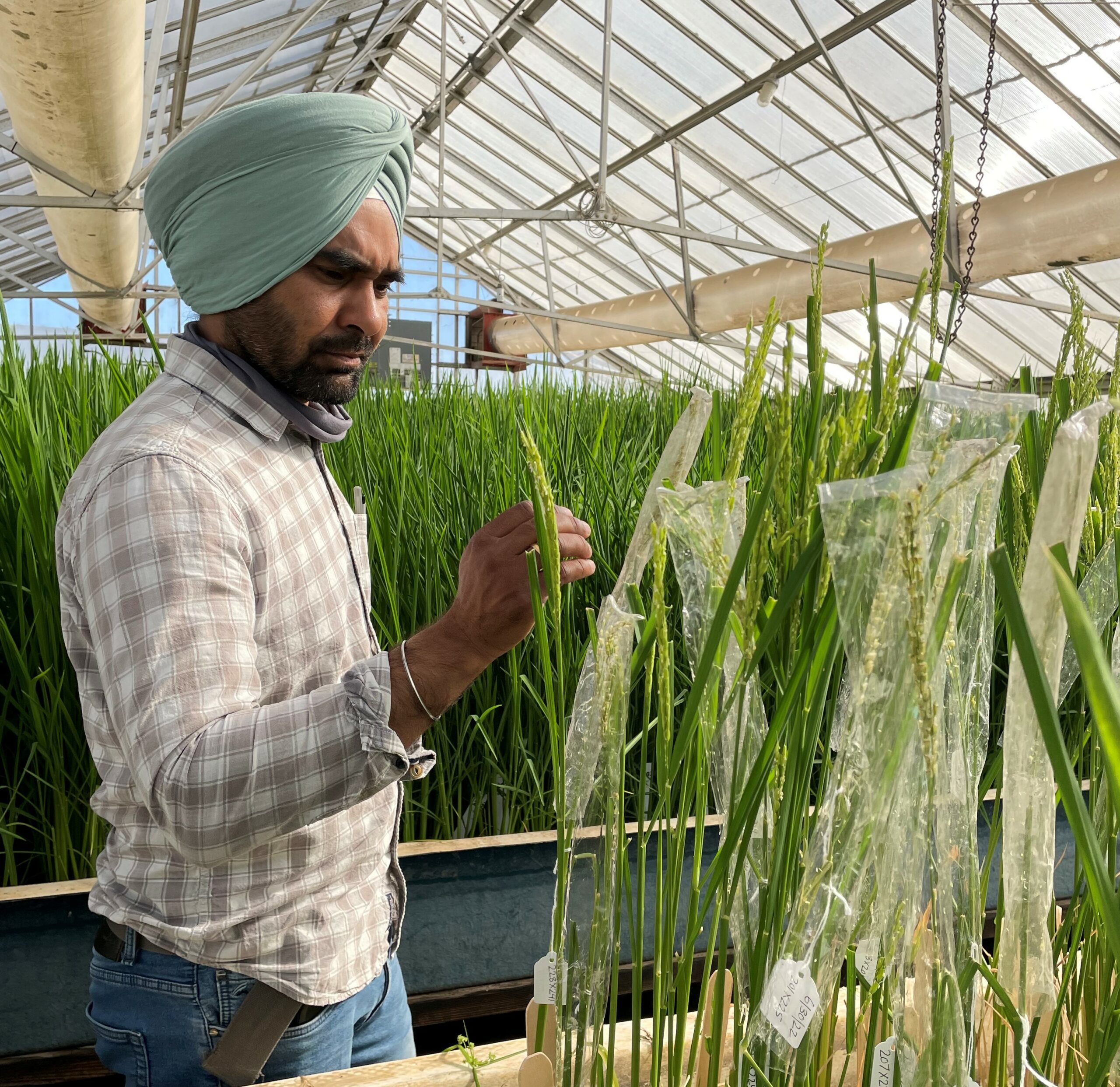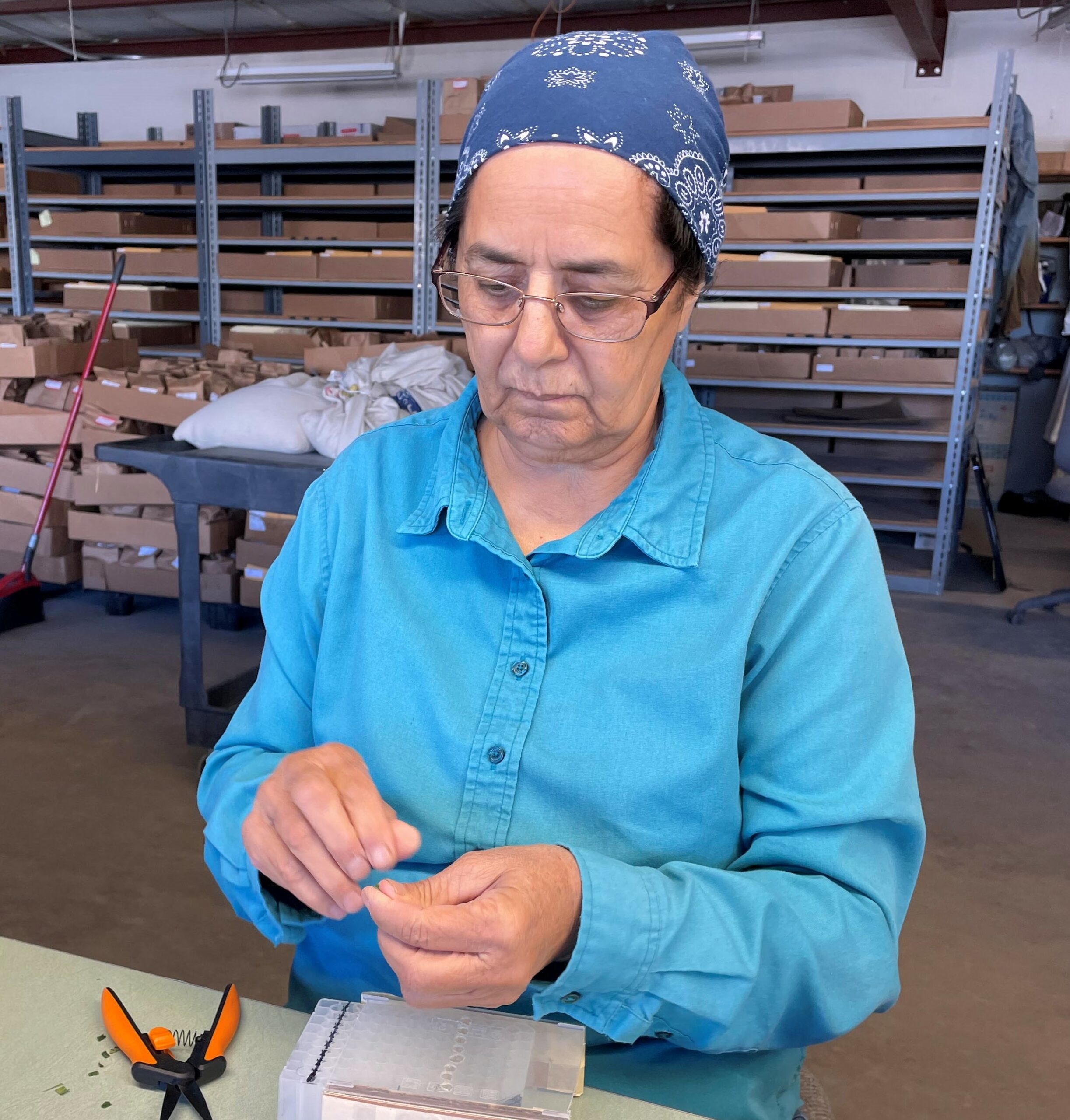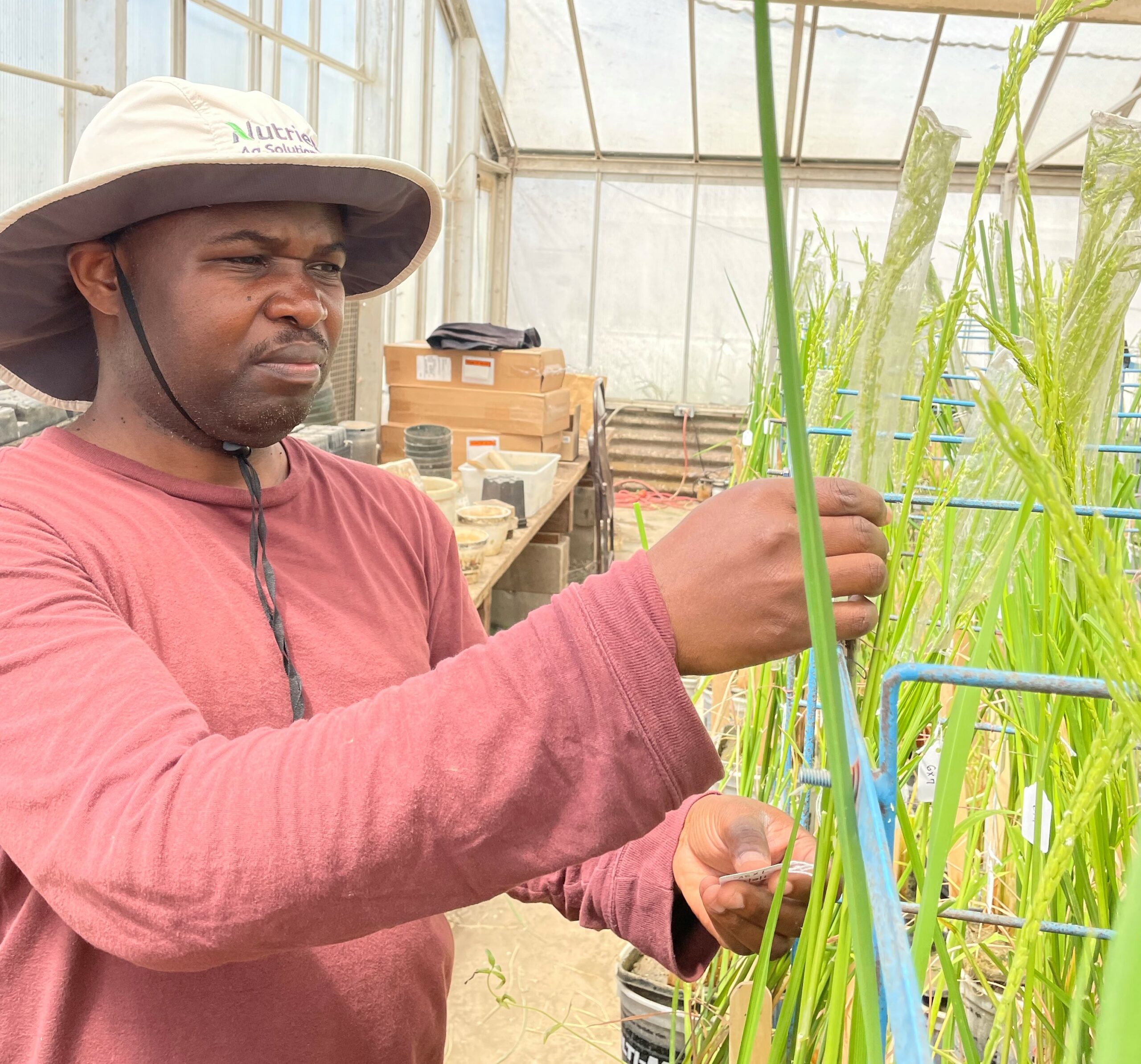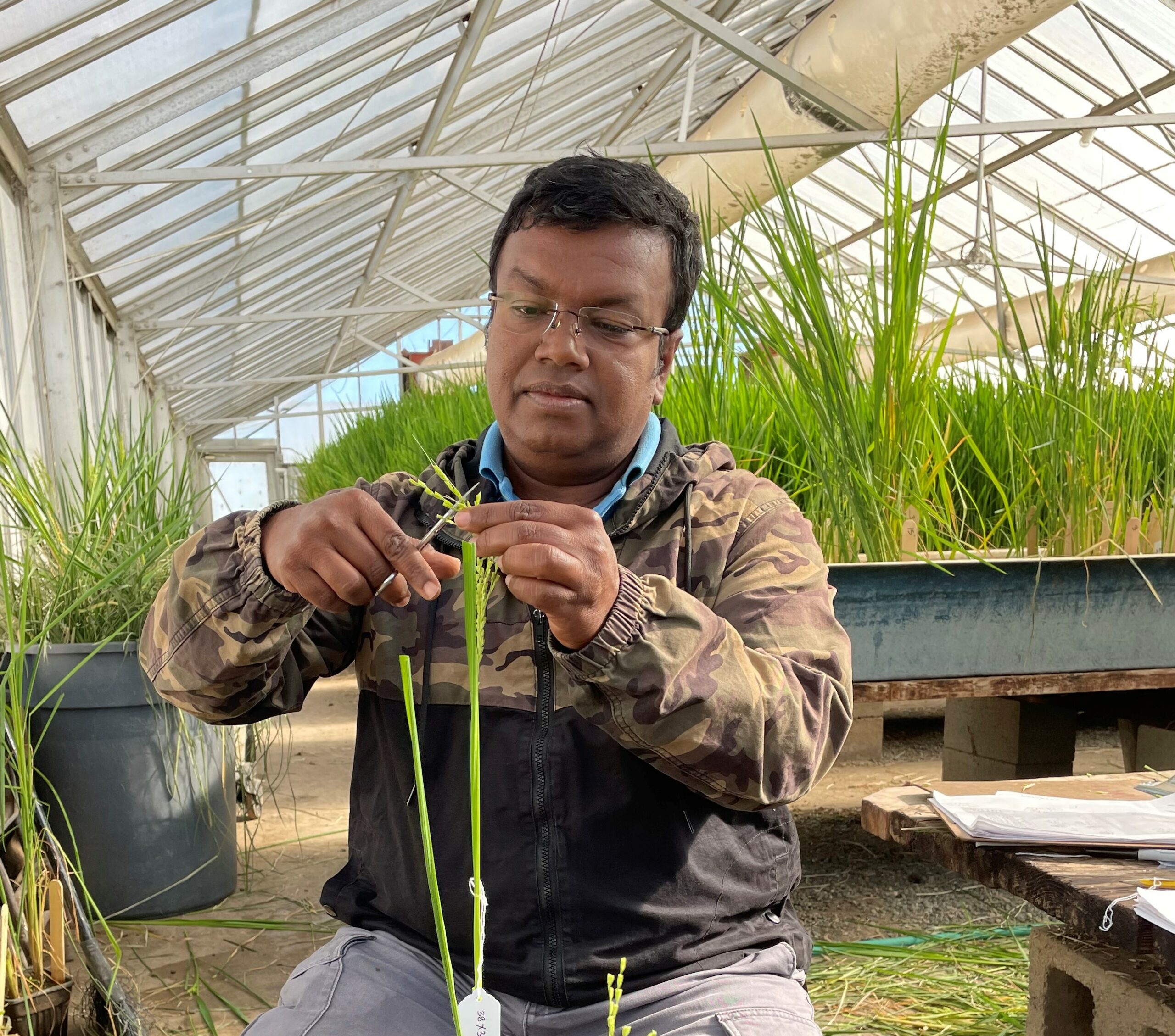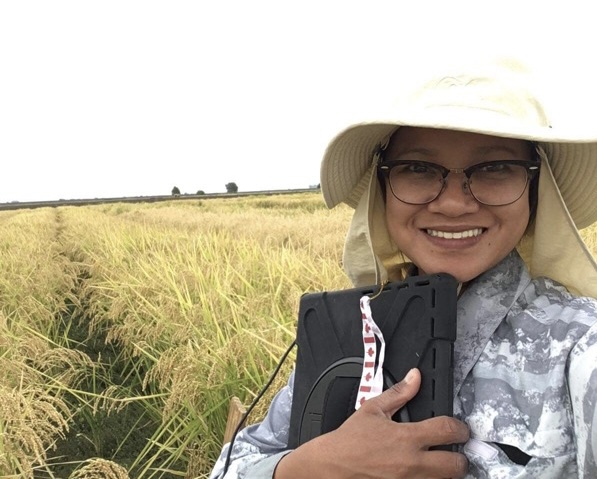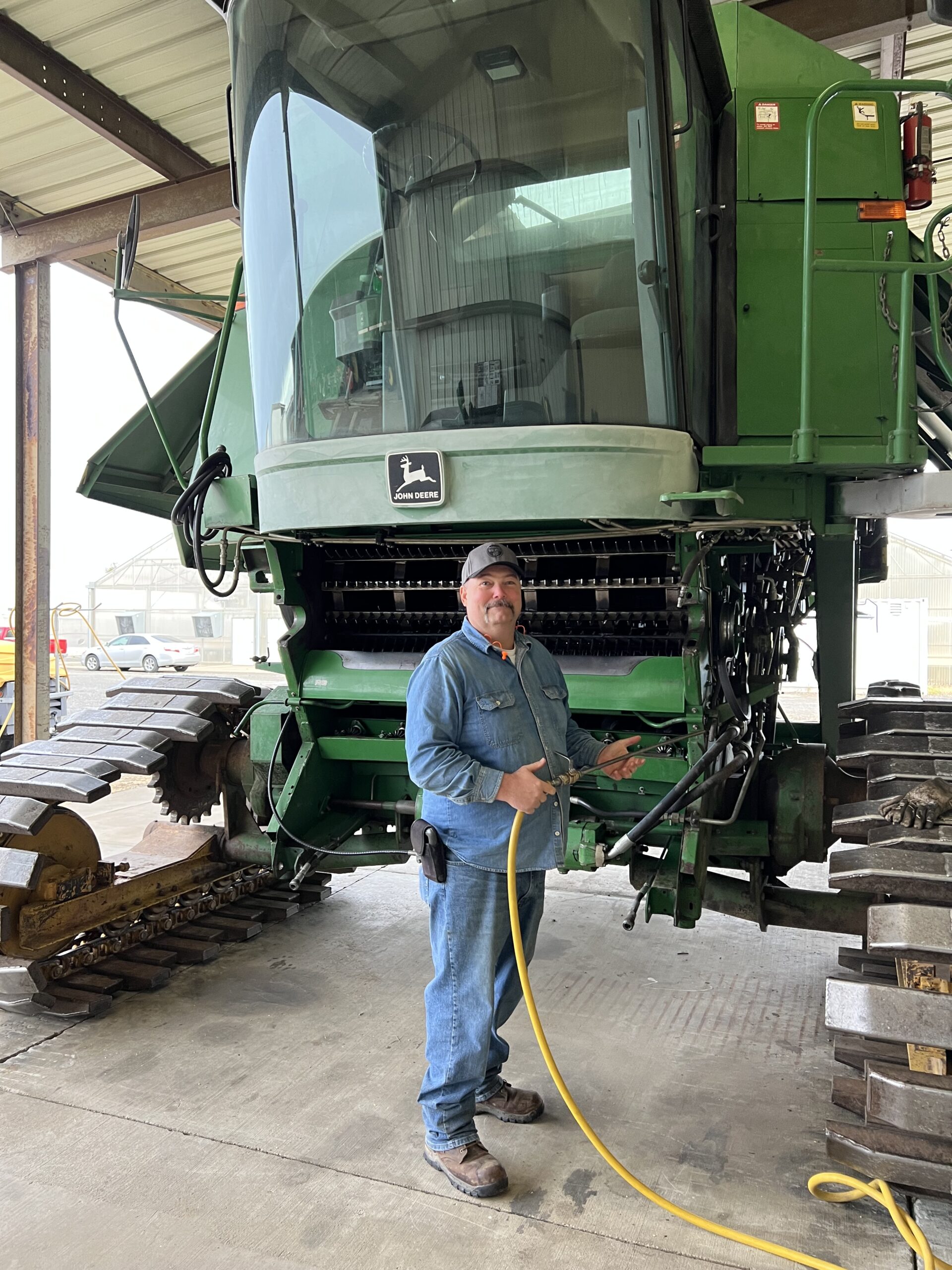Rice Variety Profile for M-206
RES Rice Varieties
Variety: M-206
- Former ID:
- Year: 2004
Introduction
M-206 is a very early to early maturing, semidwarf, glabrous, Calrose quality medium grain. It was developed by CCRRF at the Rice Experiment Station (RES) and released to growers in March 2003. Its pedigree consists of varieties developed at RES.
Agronomic Characteristics
M-206, for evaluation purposes, was compared to very early maturing M-104 and the early maturing Calrose standard bearer, M-202 (Table 1). In statewide yield tests, M-206 flowered three days later than M- 104, had improved lodging resistance, improved resistance to blanking caused by cool temperatures 10 to 14 days before heading during microsporogenesis, averaged 3% higher yield, and has improved potential for whole kernel milled rice (3%). M-206 is susceptible to blast race IG-1 found in California.
Kernels of M-206 are slightly larger in size and weight compared to M-104 and M-202. Laboratory analysis for physicochemical characteristics by the USDA-ARS Rice Research Unit, Beaumont, Texas indicated it fits Calrose medium-grain standards. Milled rice samples of M-206, M-104, and M-202 were distributed to various California rice marketing organizations and individual rice quality evaluators. Responses from evaluation indicated M-206 is similar to M- 104 and M-202 for various raw white rice, cooking and taste characters. M-206 can be commingled with other Calrose medium-grains.
{insert chart}
Performance in Colder Areas
M-206 was compared to medium-grains M- 103 and M-104 at the coldest production location in San Joaquin County (Table 2). Early May planting dates resulted in M-206 heading 4 and 9 days later than M-104 and M-103 respectively, suggesting it may be a full season variety for this location. M-206 yielded 3% less than M-104 and 3% more than M-103. Milling samples taken at 3 different harvest dates from each replication of a strip trial of M-206, M-104, and M-103 in 2002 at San Joaquin County indicated that M-206 maintains its potential for improved whole-kernel milled rice over M-104.
{insert chart}
Area of Adaptation
M-206 was released as a Calrose medium-grain. The data indicates it has broad adaptation in the entire rice growing region. In warm and cool production areas it will be another alternative to M-202 and M-205. In cold areas it can be an alternative to M-202 or M-104. In the coldest areas (Escalon and the Delta) it becomes a full season variety but has good blanking resistance and improved head rice over M-104. Field observation indicates it is more stable in less than optimal environments and has less non-synchronous heading. M-206 can be best described as a very early to early Calrose medium grain with improved resistance to blanking and to lodging, and improved potential for whole grain head rice.
